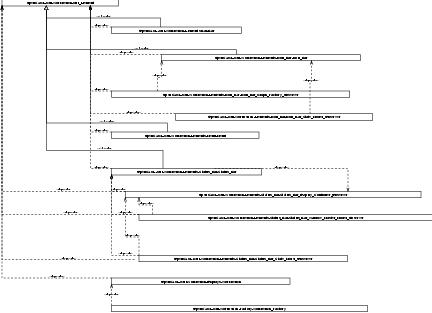Workbench
The workbench is the central working area of OpenCAGE. All commands that do not pertain to a certain graph window are collected here.
Motivation
Collect all global commands.
Provide short-cuts to masters.
Show the status of the focused window.
Mechanics
The workbench has a modular design. It consists of GUI_Elements, that are combined in a window. The order and existance of the implemented elements can be configured in the XML file.
The workbench display itself is created by the Workbench_Factory, which traverses the XML nodes and creates the elements accordingly.
At the moment, these elements are implemented:
Menu
A menu bar. This class reads the menu information from the given XML node. Every time a top-menu is clicked, the controller asks all command factories for the sub-menu commands, if they are executable and updates the sensitivity accordingly.
If a menu item is clicked on, the command factory is asked to create a new command. The command is then given to the command pipe.
Bar, Icon_Bar
A Bar is a container Widget. The only element that can be instantiated in it is a Icon_Bar. The Icon_Bar shows a bar of icons, which issue commands if clicked. There are two different flavours: the normal and the toggle mode. In toggle mode, the button stays in clicked position. The current implementation of toggle mode is hard-wired to react to state model changes.
Therefore, the Icon_bar holds an observer at the State_Model. A second observer is attached at the Graph_Factory, so every time a graph is loaded or closed, the command factories are asked if they can execute and the button sensitivity is changed accordingly.
Status_Bar
The status bar shows the number of selected nodes in the currently focused window. Therefore it holds observers at the Window_Master_Model, at the State_Model and at every Display_Controller.
